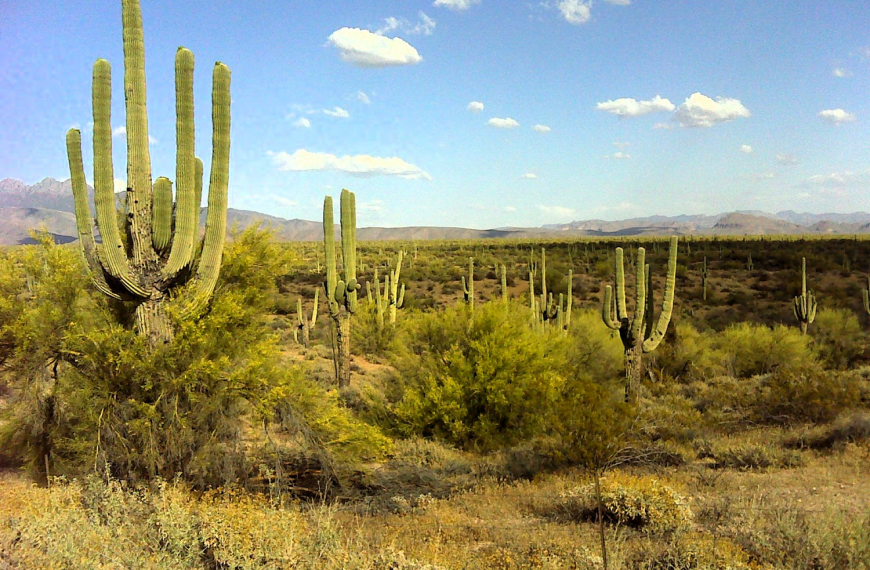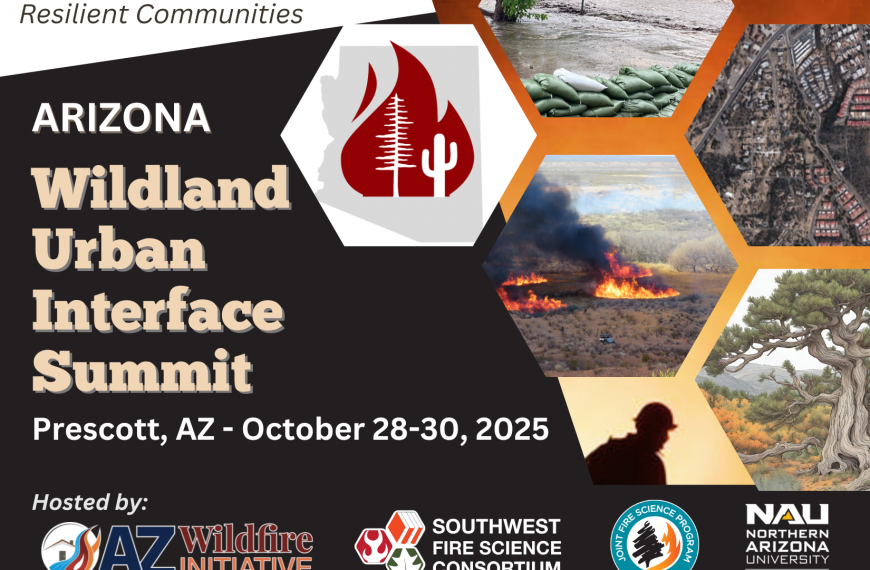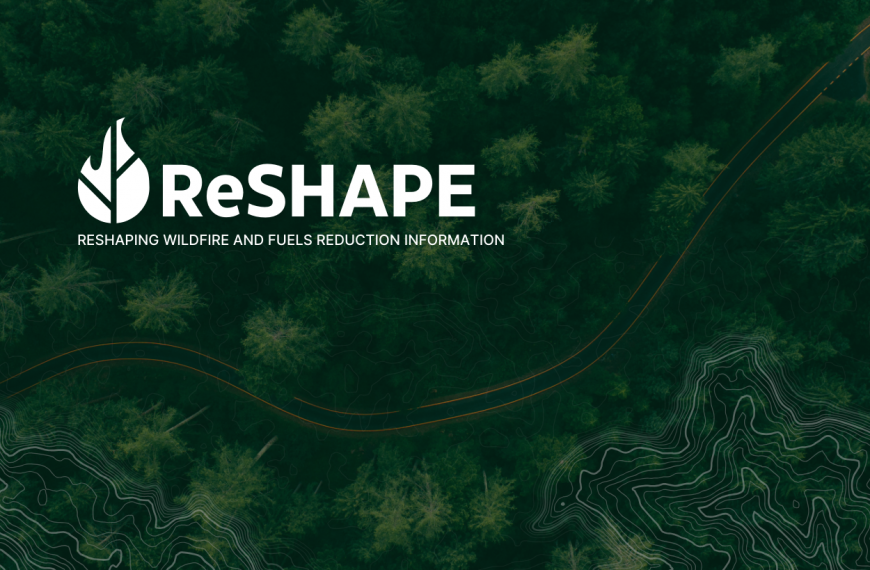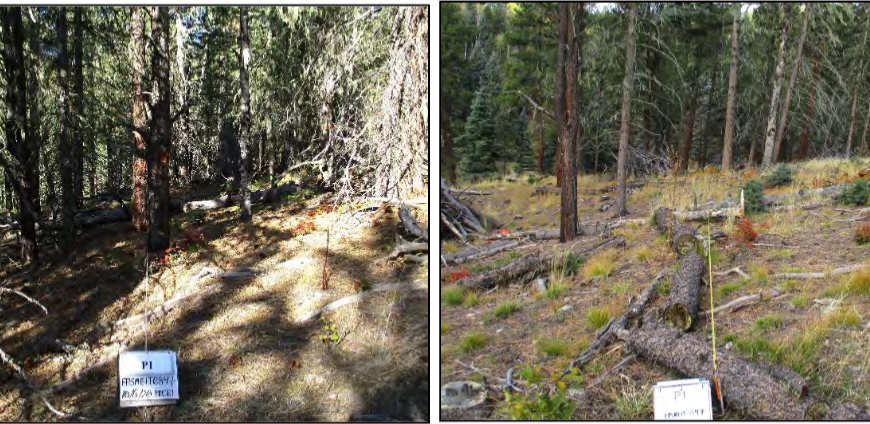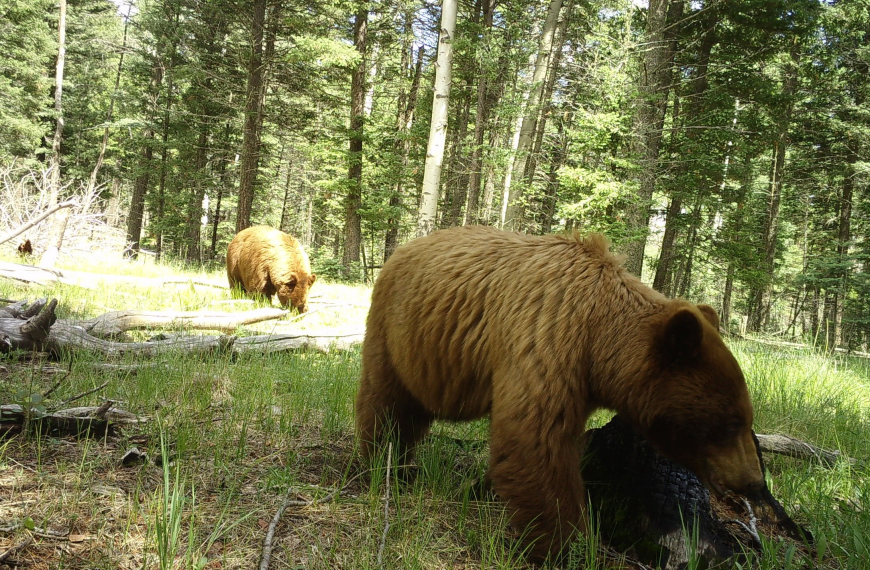Presenter: Sandra Haire, Haire Laboratory for Landscape Ecology
Determining the effects of land management on fire regime characteristics is complicated by the interaction of several factors that vary in space and time. First, fire size and frequency are linked to climate conditions, including drought, as well as wind and temperature that define weather conditions during burning. Second, topography and fuels influence ignition locations, fire spread, and behavior which play a role in determining fire frequency and size of individual fire events. Last, and importantly, comprehensive records that quantify where and when various management practices including fire suppression and other strategies occurred are not available at regional scales. Given these challenges, we designed our study to examine the scaling of fire size distributions from 1984-2007 along a “wilderness gradient” in three regions: the Southwest, Northern Rockies, and Sierra Nevada. We constructed the gradient to reflect our expectation that fire size distributions in wilderness interiors, or core areas, had the greatest likelihood of being influenced by natural burning practices. Our expectation was met in one region, but not in the other two. The importance of large fires in structuring fire size distributions decreased in wilderness interiors of the Southwest, but the opposite trend was observed in the other two regions. In both the Sierra Nevada and the Southwest, several variables limited the role of large fires across the wilderness gradient. In contrast, topographic and climate/fuel variables worked in concert to increase the importance of large fires in the Northern Rockies. The unique climatic, topographic, and ecosystem characteristics of each region provided a useful context for understanding the dynamics of fire size distributions and important differences among geographic regions. In this webinar, I present our findings with the goal of painting a picture of the multiple, interacting influences which shape fire size distributions within and around western wilderness.

